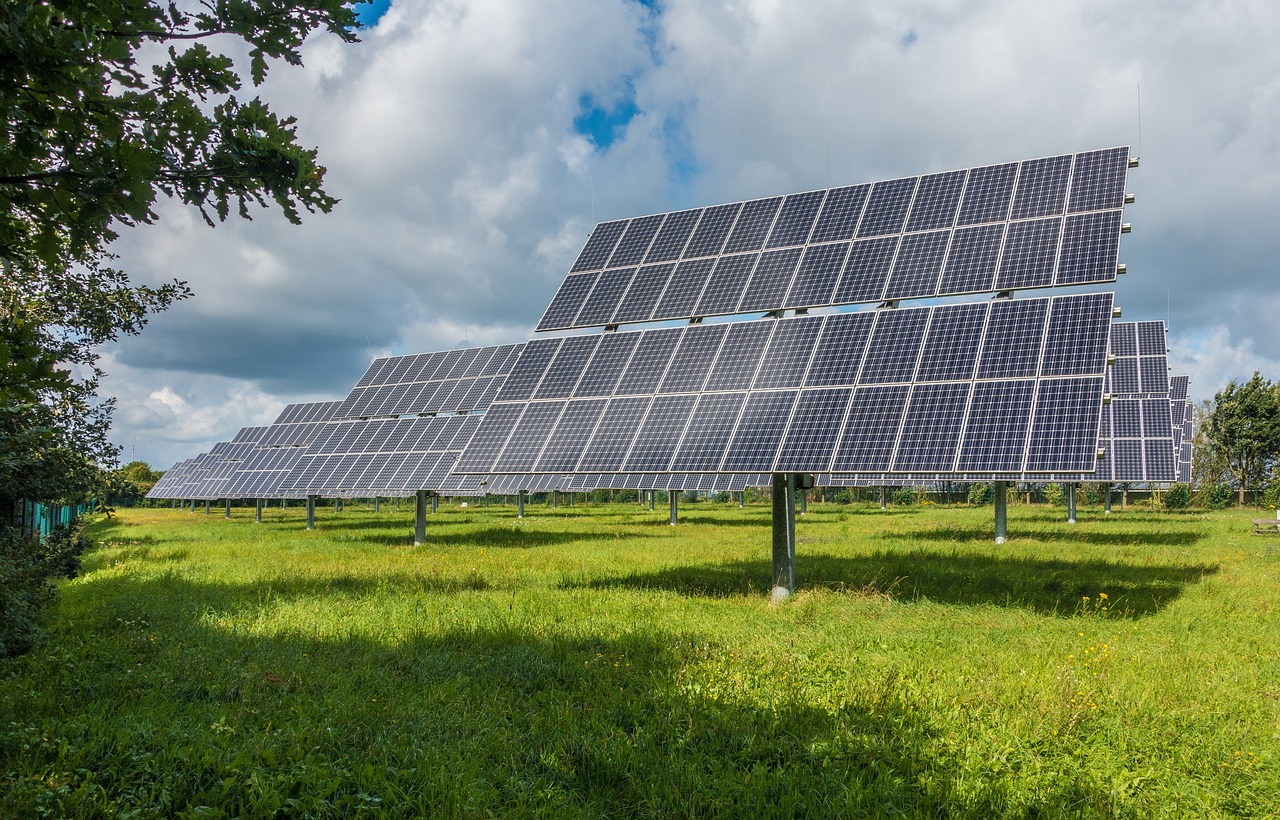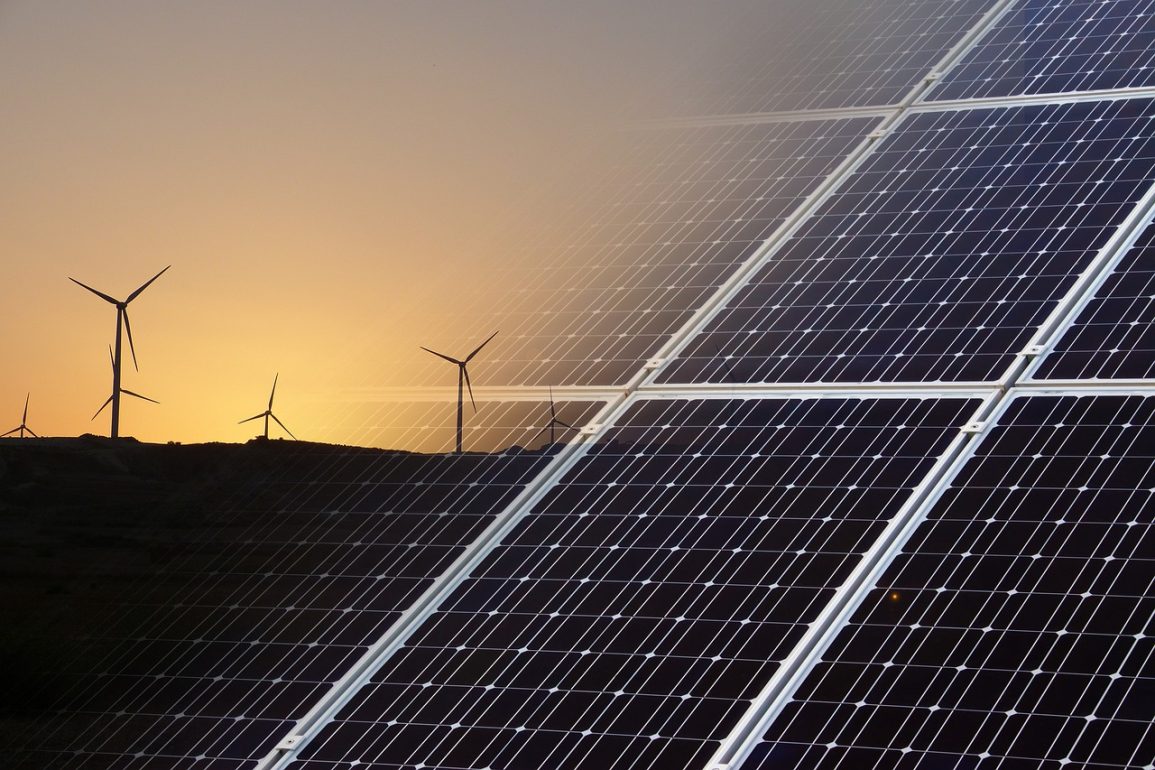The U.S. electricity transmission network is aging and ill-equipped to handle the future demands for clean energy sources like wind and solar power. Presently, electricity generation is responsible for 32% of the nation’s carbon dioxide emissions, primarily from fossil fuels such as oil, coal, and natural gas.
These fuels are consumed where energy is needed, but renewable sources like wind and solar are often located far from where they’re needed, creating a mismatch between energy production and consumption.
As the shift to renewable energy accelerates and electricity demand grows—due to the rise in electric vehicles and heat pumps—significant upgrades to the transmission infrastructure are necessary.
The majority of the U.S. electric grid, constructed in the 1960s and 1970s, is now over 25 years old.
This aging infrastructure is increasingly vulnerable, as highlighted by recent announcements from the U.S. Department of Energy and President Biden’s Bipartisan Infrastructure Law, which aim to boost investment in grid modernization.

In 2021, U.S. electricity customers experienced an average outage duration of over seven hours, with extreme weather events like hurricanes and wildfires contributing significantly to this increase.
Such weather events have underscored the grid’s inadequacy in coping with climate-induced disruptions. The U.S. transmission infrastructure, which has a lifespan of 50 to 80 years, is nearing its end for many components, with estimated replacement costs around $10 billion annually.
Moreover, the current transmission network was designed for a model of local energy generation and consumption, which does not fit the geography of renewable energy sources.
Wind and solar farms are often situated in remote areas, requiring extensive new transmission lines to deliver their power to where it is needed. This mismatch between energy production and consumption necessitates a major overhaul of the transmission system.
To meet future energy demands and ensure reliability, experts advocate for replacing outdated infrastructure with advanced technology that can support next-generation energy needs, including the integration of more renewable resources and enhanced grid resilience.

